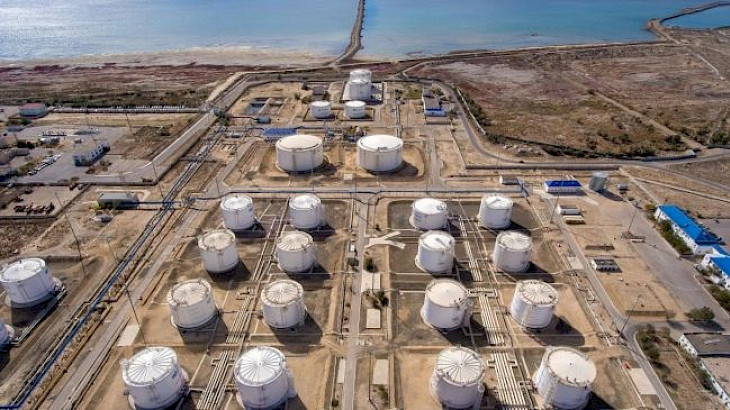Kazakhstan has become one of the key suppliers of oil to the European Union, a shift largely driven by the departure of Russian companies from the European market. According to Eurostat, Kazakhstan ranked among the top three oil exporters to the EU in the first quarter of 2025, alongside the United States and Norway, reports EADaily.com.
Between January and March 2025, the EU imported an average of 35 million tons of oil per month. Kazakhstan's share in this volume reached 12.7%, up from 11% the previous year. Over the three-month period, Kazakhstan exported 4.4 million tons of crude oil to Europe — 300,000 tons more than during the same period in 2024.
The total value of Kazakhstan's oil exports during this time is estimated at around €2.54 billion. Interestingly, it is not state-owned companies that dominate exports, but rather Western energy firms — including U.S.-based Chevron, which operates all three of Kazakhstan’s major oil projects.
According to Transneft, 26.8 million tons of crude oil destined for Chevron were shipped in 2024 via the Caspian Pipeline Consortium (CPC) to tankers in the Russian port of Novorossiysk. This volume accounts for nearly half of all Kazakh oil exported through the CPC route.
While maritime logistics are expanding, deliveries of Kazakh oil to Germany via the Druzhba pipeline remain modest — only about 10% of total exports to the EU. Most of the oil reaches Europe by tanker, routed through terminals in Croatia.
Since December 5, 2022, the European Union has banned imports of Russian oil, with exemptions granted only to certain countries that receive supplies via the Druzhba pipeline. Poland and Germany voluntarily halted imports, while Slovakia and Hungary continue to use the route. In this context, Kazakh oil — which is similar in quality to Russia’s Urals blend — has become a viable alternative for the European market.
CentralasianLIGHT.org
July 1, 2025

